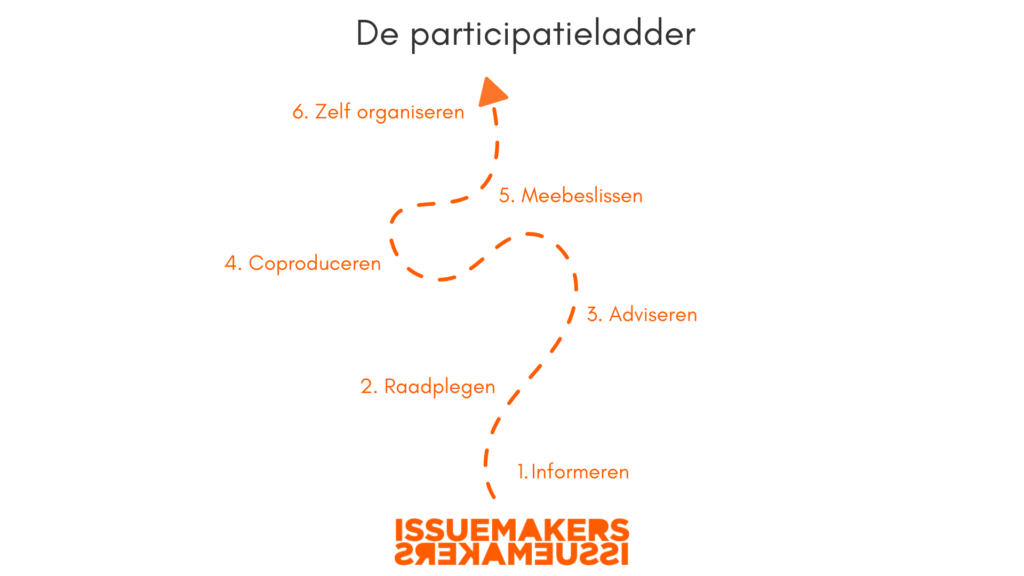Municipal communication is the basis for (local) governments. It includes all activities aimed at informing, involving and engaging the residents of a municipality.
Municipal communication is about sharing information and building relationships between the local government and the residents of a municipality. The purpose of municipal communication is to promote transparency, increase the confidence of residents and actively involve them in decision-making processes.
Municipalities usually use a wide range of communication tools for this purpose, such as newsletters, press releases, social media, websites, events and more.
Why is municipal communication important?
Municipal communication plays a crucial role in promoting effective local democracy and building a strong community. It enables residents and businesses to stay informed of important developments, decisions and events that may impact their lives.
It also offers residents and businesses the opportunity to express their opinions, participate in discussions and influence municipal policy.
In addition, transparent and clear communication contributes to building trust between the local government and residents. And that is essential for a successful collaboration.
Challenges in municipal communication
Although municipal communication is of great importance, it also brings some challenges. Perhaps the biggest challenge is that the target groups and stakeholders rarely form a homogeneous group.
After all, a municipality consists of residents of different ages, backgrounds and interests. In addition, residents have different interests than companies established in the area. In fact, they are sometimes at odds with each other. It is therefore important to take the needs and preferences of different target groups and tailor the communication strategy accordingly.
In addition, it forms limited budget and personnel of the municipality is often an obstacle to effective communication. It is therefore important to find creative solutions and collaborate with other stakeholders, such as local media and civil society organizations, to strengthen the communication strategy and implementation.
How do you properly approach municipal communication?
To tackle municipal communication properly, there are several important steps to take.
Firstly, it is essential to have a clear communication strategy and set objectives.
Think about identifying the most important messages you want to communicate and determine the desired results.
Then it is important to appropriate means of communication and tailor it to the target group(s) you want to reach. It is important to use both traditional and digital channels to reach a wide range of residents.
In addition, it is crucial to listen to the residents and to be open to their feedback and suggestions. By actively listening, you are better able to anticipate the needs and concerns of residents and respond appropriately.
You can do this, for example, by organizing meetings, conducting surveys and using online platforms for citizen participation. Not only can you listen better to those involved, they also feel more heard and this increases their involvement.
How do you increase involvement with stakeholders?
The participation ladder is an instrument that many municipalities and governments use to measure the level of participation and self-reliance of individuals in society. It is a valuable tool in promoting the identification of the needs of different interest groups.
The ladder consists of several steps, ranging from 'no participation' to 'full participation'. Each level indicates a certain degree of involvement and autonomy. The goal is to help people grow and move up the ladder, so that they can increasingly participate in society.
The participation ladder can be applied to many different areas and offers a structured way to assess where people currently stand and what needs they have.
Tips for effective municipal communication
An effective communication plan is the key to successful municipal communication. Here we share a number of tips to help you draw up a communication plan.
1. Identify your target group(s)
Understand who you want to reach and tailor your communications to their needs and interests.
Read more about stakeholder management
2. Set clear goals
Determine what you want to achieve with your communication and make these goals measurable.
3. Choose the right channels
Use a mix of traditional and digital channels to reach a broad audience. Think of newsletters, social media, websites and don't forget the local media (dailies and RTV).
4. Be consistent and transparent
Make sure that your messages are consistent and that you communicate openly and transparently with residents.
5. Listen to the residents
Give residents the opportunity to express their opinions and actively involve them in decision-making processes. Use different ways to obtain participation from those involved.
6. Measure your results
Regularly evaluate your communication efforts and measure their impact. Adjust your strategy where necessary.
Conclusion
Community communications is critical to building a strong and engaged community. Informing, involving and engaging residents is essential for an effective local democracy.
Although municipal communication poses challenges, you can overcome them with a clear strategy, creativity and collaboration with other stakeholders.
By drawing up a well-thought-out communication plan and implementing the right tactics and channels, you are better able to increase the trust and involvement of your residents.
Need help with municipal communication?
Do you need help with municipal communication? Then take Contact contact us, we are happy to help you!
